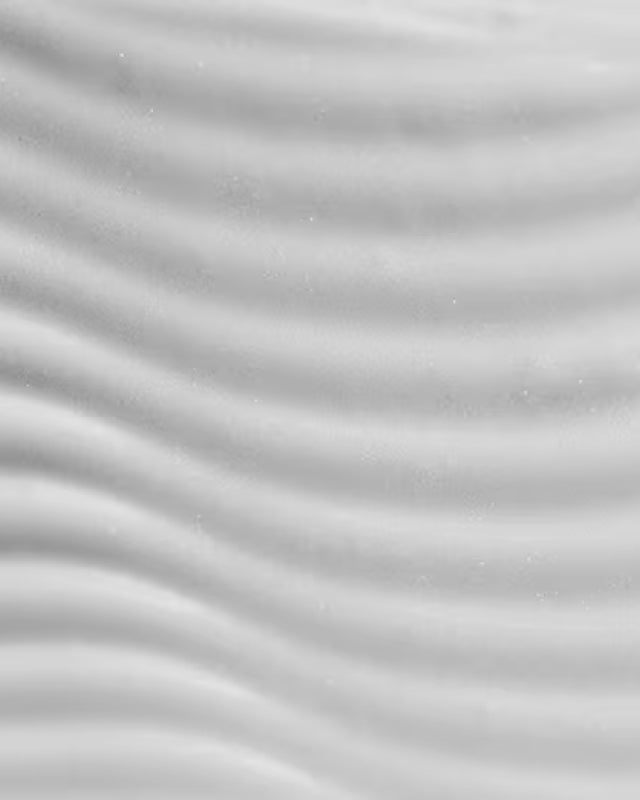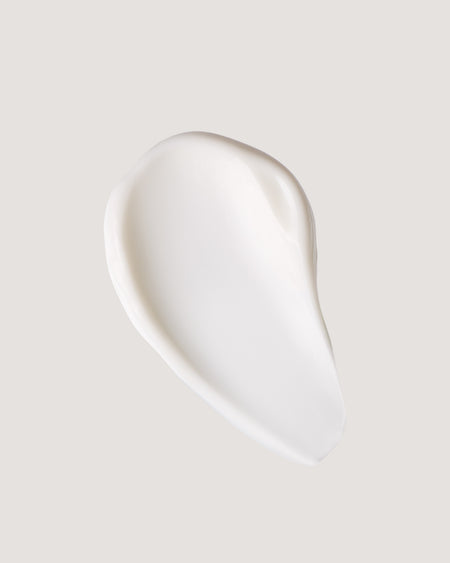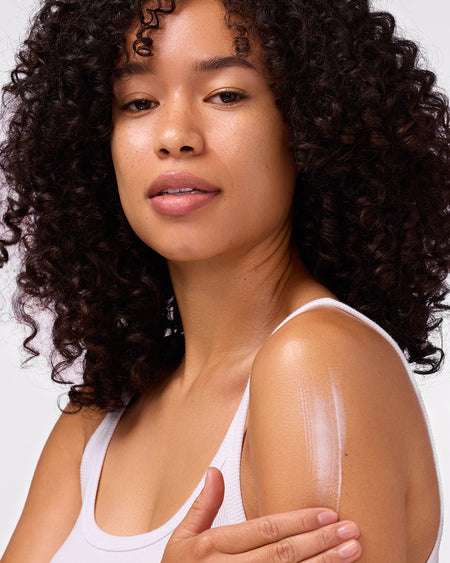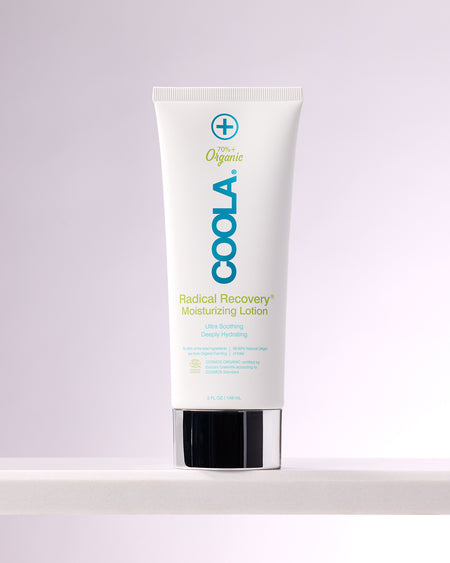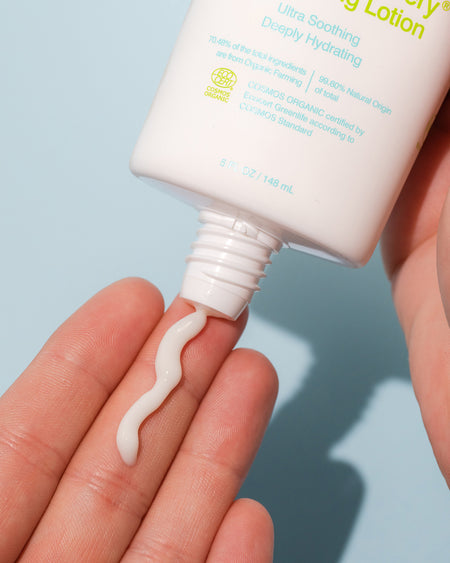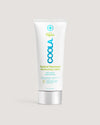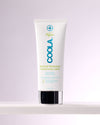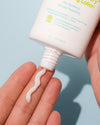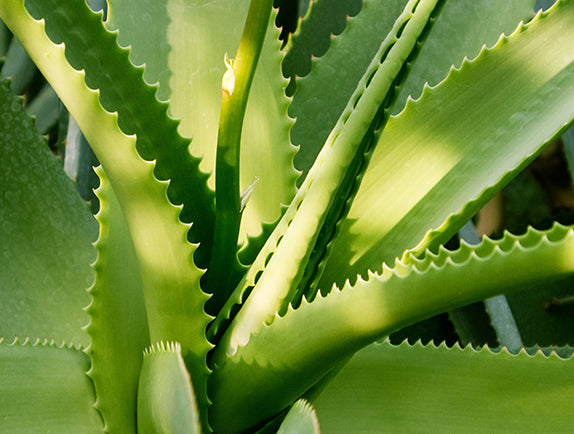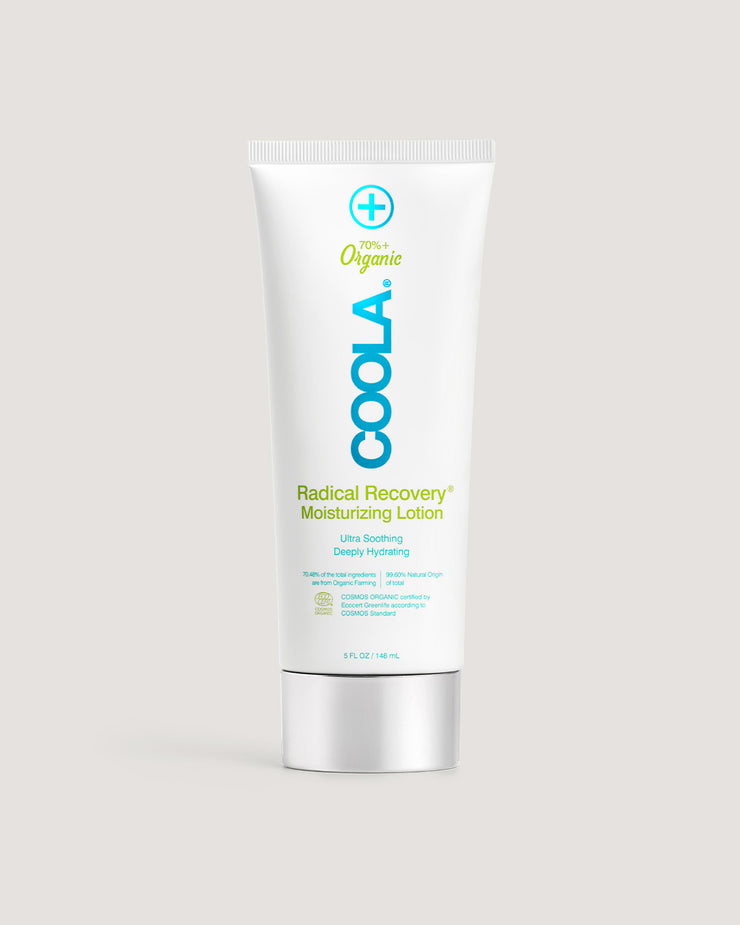
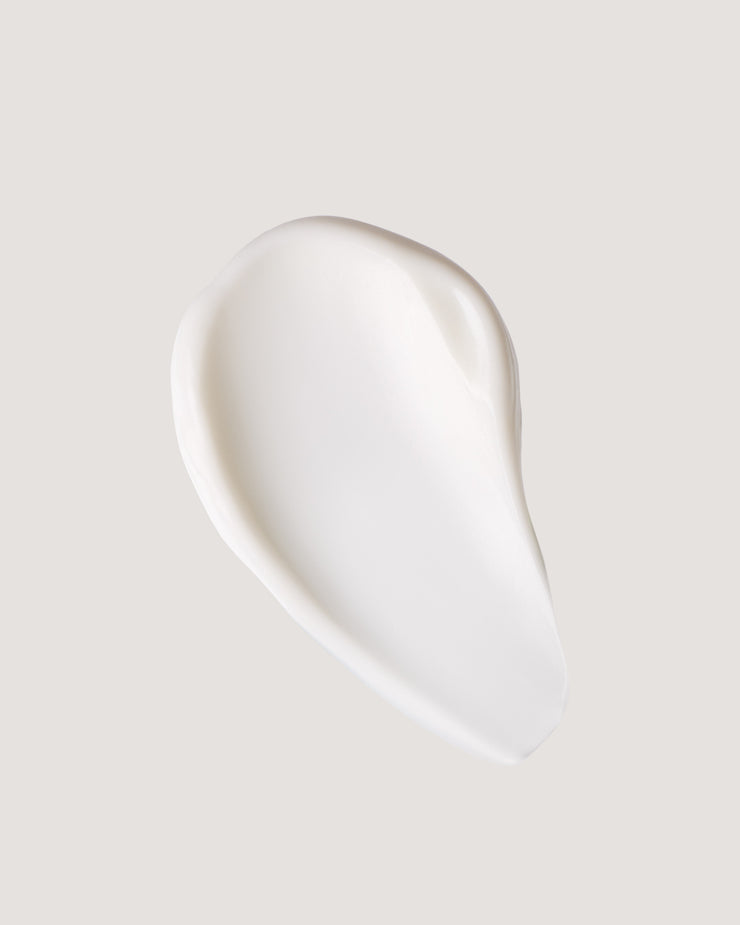
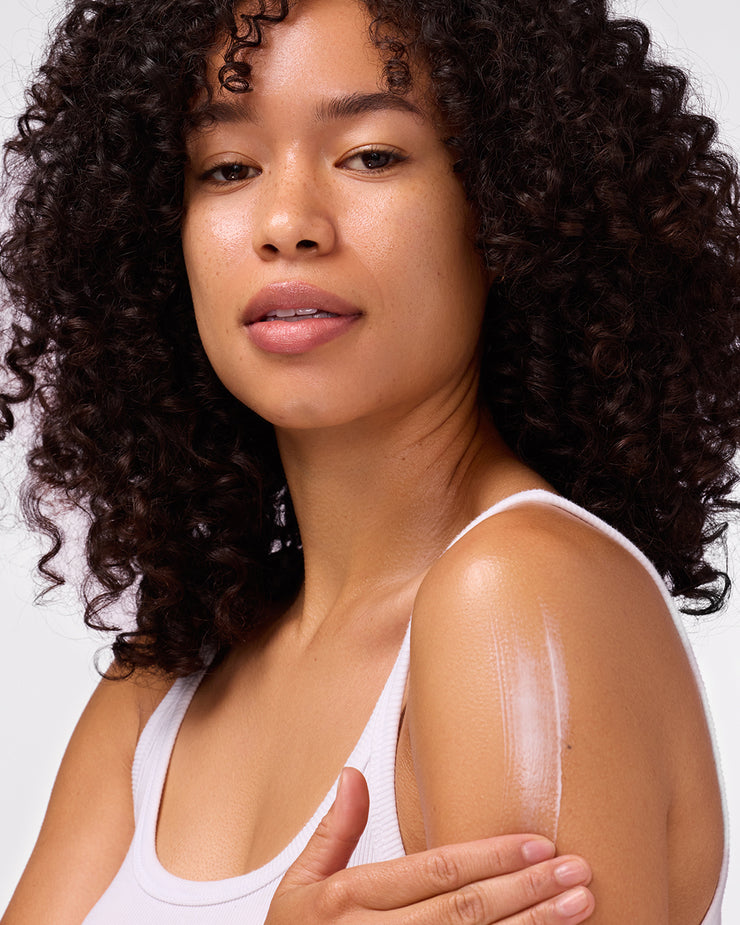
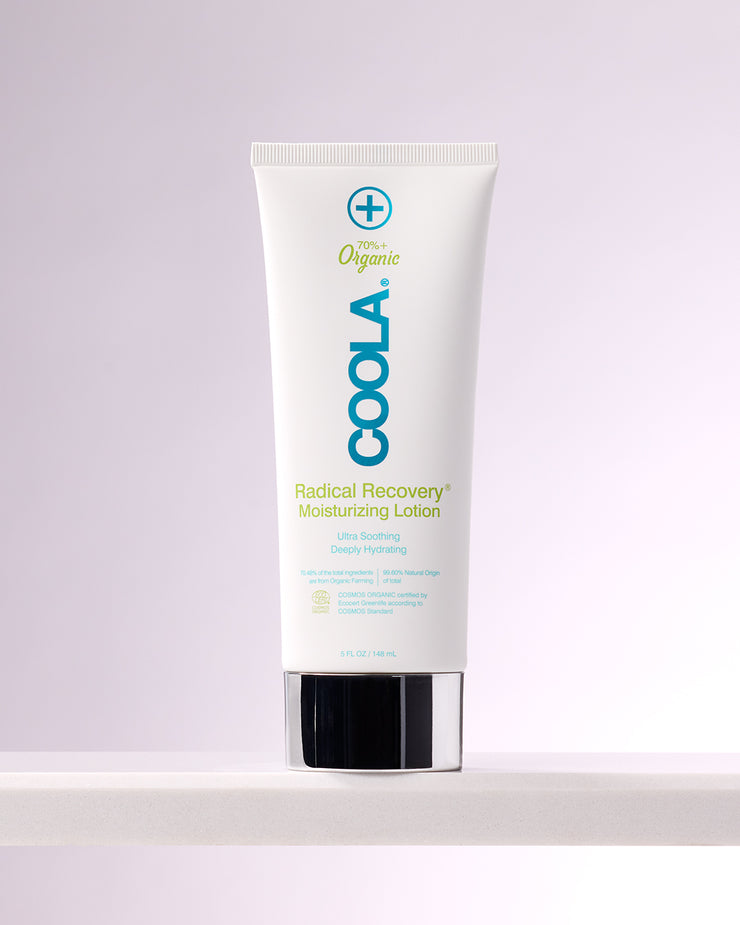
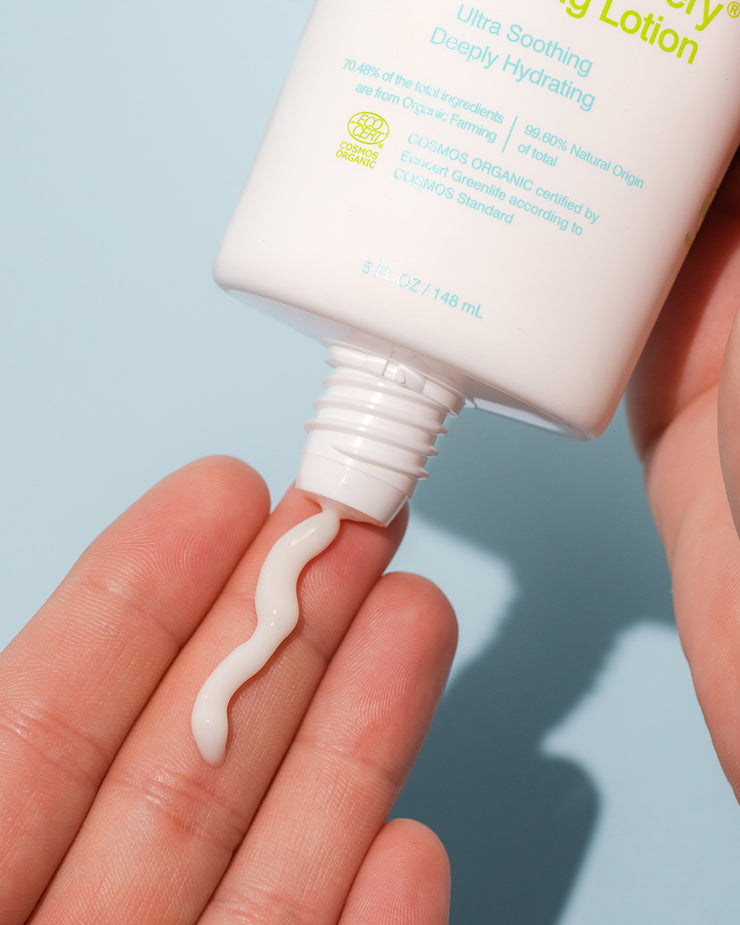
Clear Filter
Radical Recovery® After-Sun Moisturizing Lotion
Recovery • Organic • Lotion
Regular Price
$32
Description
A soothing after-sun lotion with aloe that helps calm and replenish sun-exposed skin. Read More
- Rich, creamy moisturizing lotion for sunburn
- EcoCert certified, made with 99% ingredients from natural origin, including Organic Aloe Vera and Agave
- Packed with antioxidants and nourishing oils like Rosemary, Lavender, Sunflower, Orange Peel, Cedrus Atlantica, and Mandarin Peel
Key Ingredients
How to Use

Radical Recovery® After-Sun Moisturizing Lotion
Recovery • Organic • Lotion
Regular Price
$32
Regular Price
$32
Active Ingredient Spotlight
GET IN THE KNOW
Frequently Asked Questions
When you say your products are organic, what does that mean?
How is this scented?
Does this have allergens?


